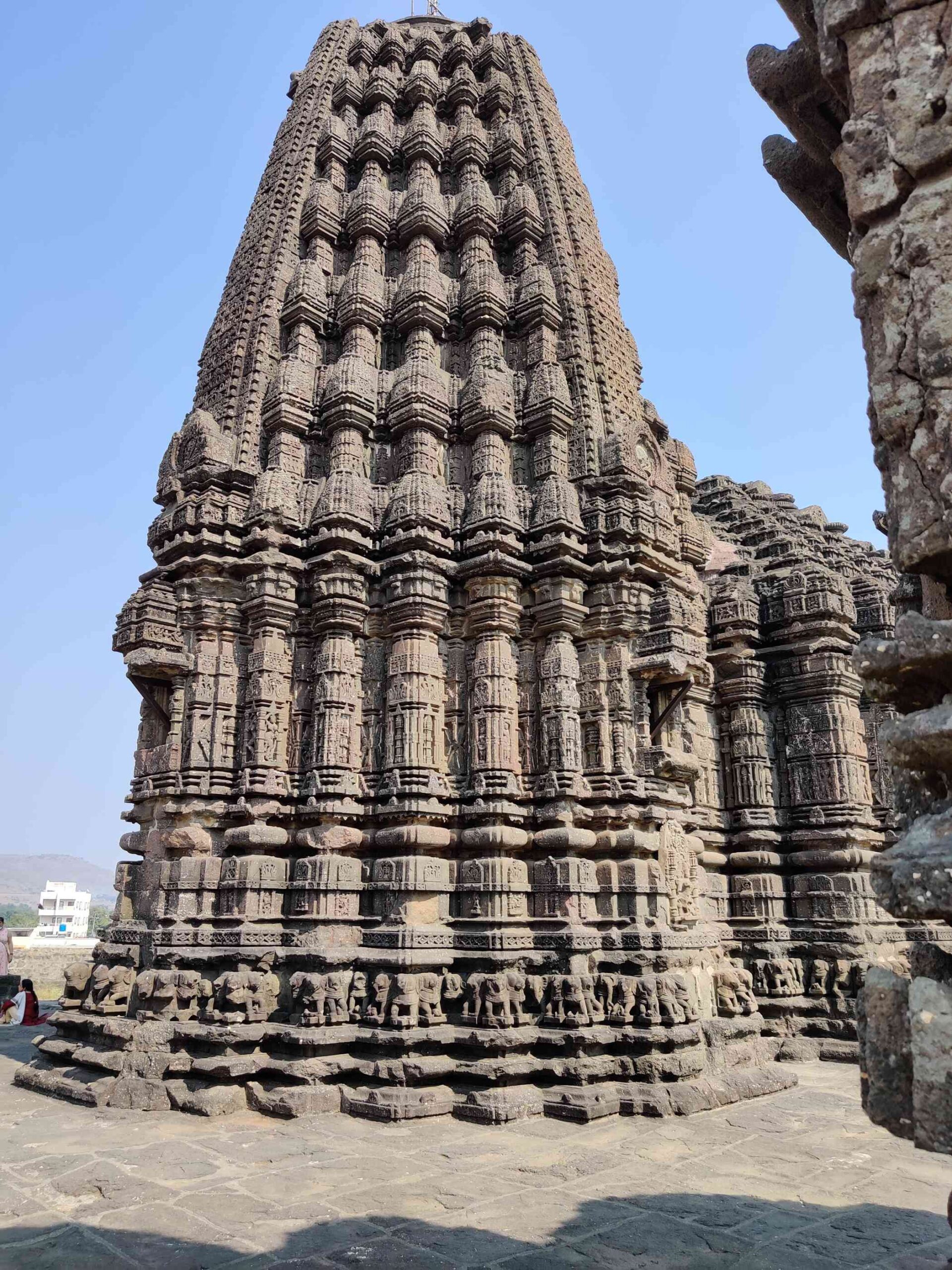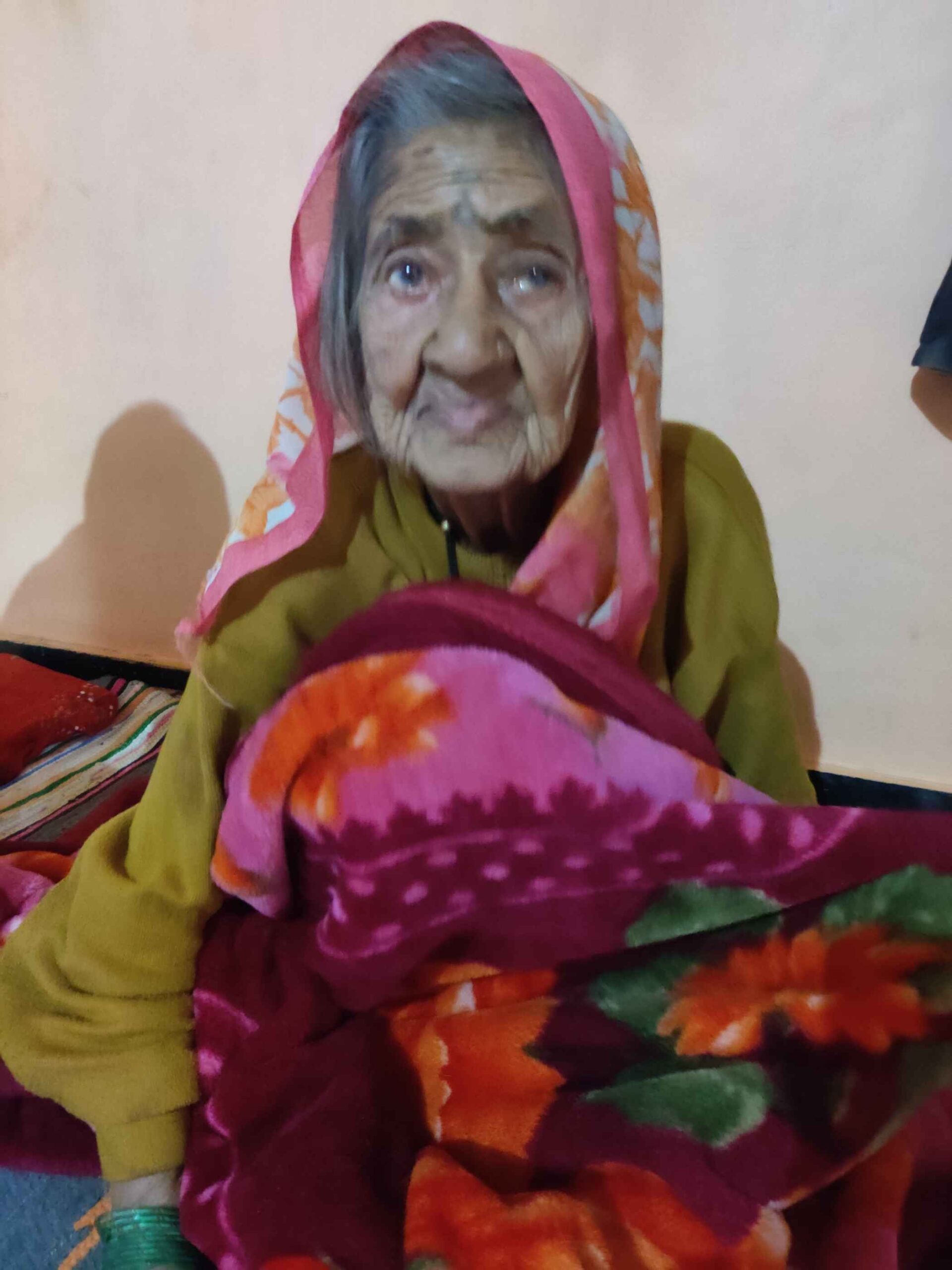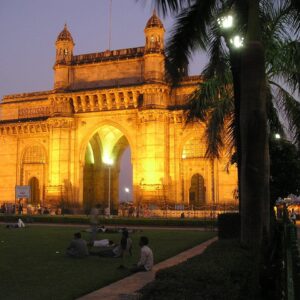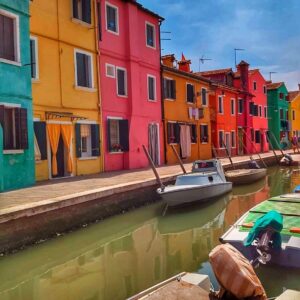On my picnic today, I am at Sinnar, a quaint little town some 26 km away. So very close to where I reside, but it took me a pandemic to visit this piece of history.

The town of Sinnar, according to one of the tales, was established by the Yadav, also called the GAVALI by the chief RAV SINGHUNI, and the temple was conceived by his son RAV GOVINDA. Known as Sindhinagar or Seunapura in the medieval period was ruled by Bhillama III of the Yadava family. In 1025 AD, the Mahasamanta Bhillama III was ruling his hereditary province of Seunadesa, at his capital Sindinagar, as a feudatory of the Western Chalukya King Jayasimha II.
Under the Archaeological Department of Aurangabad, the temple is well restored and maintained. It’s open to tourists without any entry fee the premises is used by miscreants and encroachers along with the sparsely trickling tourists.
This Hemadpanthi Bhumija style temple which stands as testimony to our roots after many decades of defending all weathering and change of hands stands elegantly in full glory. Wondering as to how I missed this little piece of history, vacations are always planned away from home.
Spiritual Picnic: Temple on the periphery

The entrance speaks about its age.
Built in the Shayva Panchyatan style of architecture with the biggest and the main shrine in the center, surrounded by four smaller shrines of Shri Ganesh, Parvati, Vishnu, and Surya.
Storage at the Gondeshwar Temple

This Local black and limestone structure is intricately carved with scenes from the Ramayana. All walls are adorned with fine and exquisite stonework with great symmetry. The unique feature is the projected panels in a way to catch the sunlight to lighten up the Garbhgrih.
The sheen of black & lime stone

Built on a raised platform, the temple is dedicated to Shiva, and the inner sanctum has a black, shining Shiva linga and Nandi stands Guard facing it.
I am happy to visit this forgotten standalone gem, but my chain of thought is, why was it made, and just somewhere out of the blue?
I feel this was the need of the hour in those days being a major socializing place for people to come together, showing your prowess and the need to be recognized after centuries, these structures tell the stories about the Rulers and their thought process, Love for the almighty, the passionate love of the craftsmen to showcase their talent, to rule out all odds and create something so Grand.
Sitting there, lost in my thoughts, I understand how important it is to keep checking on our roots. Connecting to them now and then is so important, which we normally do in our later stages, by the time we connect, much is lost, and the younger generations miss out on some incredible connections and memories.
Growling stomach and colorful picnic baskets, with the latter needing to be opened to satiate the earlier. We stop by a farm with a banyan tree.
Under the banyan tree some 100yrs old on a full stomach from lunch, sprawling under the shade for a quick nap, watching the skies with drowsy eyes with the afternoon sun trying to barge in through the thick green leaves and canopy of branches and many perennial roots snuggly tucked into the soil giving life and protection to many.
With a hen clucking next to me, my sleep has evaded me I am staring at the tree, fascinated.
Fresh from my visit to the Gondeshwar Temple, I am now sitting under this banyan tree, a place that belongs to a family of KUTE’S .
My chain of thoughts broken by one of the many owners of the farm from the eight generations staying together, he enquires about the picnic party that is now comfortably resting under the Banyan tree in his premises. This owner of a 90acre farmland with 25 people in his joint family has the oldest member of 109 years and the youngest of four months. A quick, friendly tete-a-tete, and we are invited to meet MUKTABAI KUTE the cute Grandma of the house.

She is 109 with a wrinkled face and glassy eyes, and in a colorful dhoti, seated in the same poise as the commander of the household. Except for a little hearing aid, she is hale and hearty.
The youngest one besides her is happily giggling in the cradle. They are sitting next to her. I understand some very important life basics. The 109-year-old hardly eats and talks less, but the love for every member and the land speaks through her every pore. Watching every member of her family come and go and sitting with her for a mere 5 minutes every day keeps her going at 109.
Many, on reading, would feel, What’s the connection? But it shook me up. The NEXT GEN believes in nuclear families and a materialistic lifestyle; everything for them is fast, faster, and fastest. I wonder about the future of our generation. How would they know about the history, the rich culture, and its preservation, like the stand-alone gems?
I loved the temple, but I connected to the Kute family and the values so deeply rooted. I felt the visit was destined at such a time. I went back to the historical and cultural roots, reminiscing through my thoughts that the perennial roots of the banyan are like life lessons. To keep connected to your roots and then keep them bound is the responsibility of every generation.
Rich with values and history I am back with new vigor and enthusiasm. Both the Gondeshwar temple and the Kute’s have enriched me for life.
Did you enjoy reading this blog? Read my other blog.
Ready for a hassle-free trip? Connect with me — I’ll plan it all for you!








Very well written. Very few may know about this temple. Great discovery and the correlation between the deep rooted Banyan Tree and the Indian Joint Family structure is very well penned!
Thank you very much dear .Much appreciated
Thank you.Really appreciate
Many people don’t known about this temple in nashik. Very good information given in this blog.
Thank you.Really appreciate
Just fascinating. Wonder why such places are not marketed by the government, thereby attracting tourists.
Thank you.Actually they should be well preserved and entry should be charged which can be used for restoration
Very well written about gondeshwar mandir and also about old granny. As a sinnarkar i really felt proud after reading this blog.